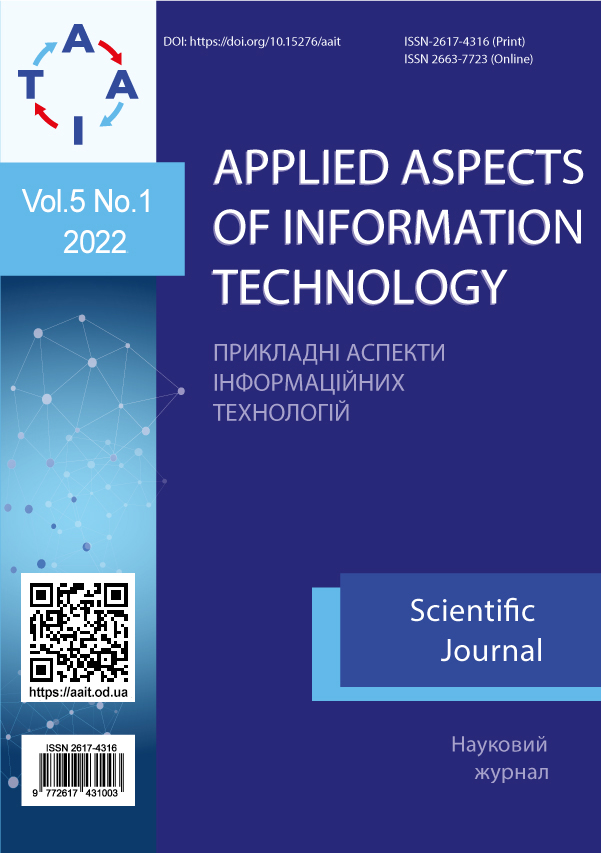Effectiveness of stego images pre-processing with spectral analysis methods
Main Article Content
Abstract
Early detection of sensitive data leakage during message transmission in communication systems is topical task today. This is complicated by applying of attackers to advanced steganographic methods. Feature of such methods is sensitive information embedding into innocuous (cover) files, such as digital images. This drastically reduces effectiveness of modern stegdetectors based on applying of signature and statistical steganalysis methods. There are proposed several approaches for improving detection accuracy of stegdetectors that are based on image pre-processing (calibration). These methods are aimed at estimation parameters either of stego, or cover images from current analysed image. The first group of calibration methods requires prior information about features of used embedding methods to minimize detection error. In most cases, this information is limited that decrease effectiveness of such calibration methods. The second group of calibration methods is of special interest today due to extensive set of proposed methods for advanced image denoising techniques. Nevertheless, practical usage of such methods requires carefully adjustment of parameters. This restricts fast re-training of stegdetector for revealing stego images formed according to unknown embedding methods.The promising approach for estimation cover image parameters from current (noisy) images is based on applying of novel methods of spectral analysis, namely sparse and redundant representation of signals. Feature of these methods is ability to adjust parameters of basic functions to statistical parameters of analysed set of image. This allows improving effectiveness of stegdetectors without necessity to re-tune theirs parameters for new set if images. The paper is aimed at performance analysis of stego images preprocessing with usage of advanced methods of spectral analysis. The analysis was performed for state-of-the-art HUGO embedding methods by usage of standard ALASKA dataset. Based on obtained results, it was revealed that applying of proposed methods allows improving detection accuracy up to 6 % even in case of absence prior information about used embedding methods and low cover image payload, e.g. less than 10 %. Nevertheless, practical usage of these methods for image calibration requires further improvement of dictionary learning procedure, namely decreasing its computation complexity by processing images with high resolution.



